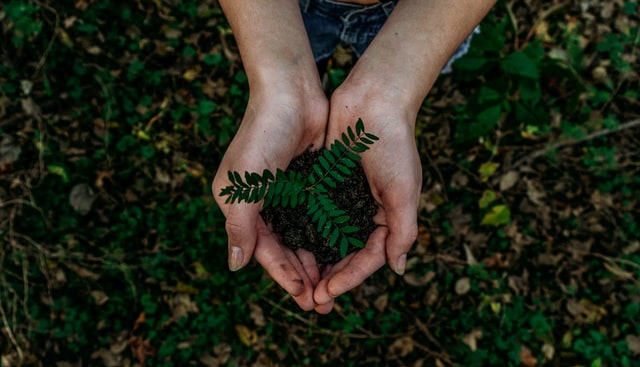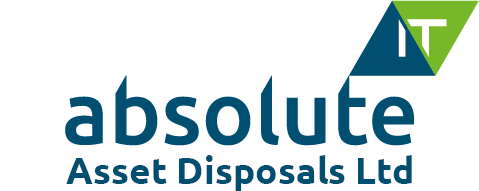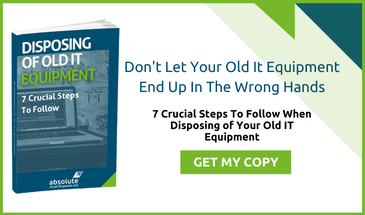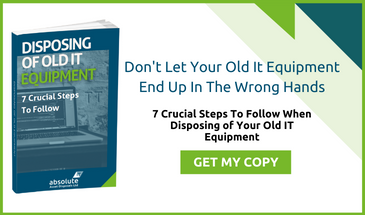
Everybody knows that old technology can damage the environment through its inefficient energy use, but could throwing out your old hardware prematurely in favour of greener tech lead to even more environmental problems? Here are the answers to the top 5 sustainability questions of 2022, and how they could affect your IT asset disposal strategy.
1) How Can Old Computers Affect The Environment?
All IT equipment contains heavy metals. These include many that are harmful to human health, including mercury, lead, beryllium, cadmium, and dioxins. Together, these metals tick almost every box of human illness, including neurological disorders, respiratory complaints, cancers, stroke, and allergies. The components are harmless when safely locked away in computer equipment but, once they enter the ground, they can contaminate both water and food sources, creating harmful environments that can last for thousands of years. This has caused the European Environment Agency (EEA) to label heavy metals as a major threat to health.
2) Can Recycling Help?
Recycling old computers is a comprehensive process that removes toxic elements for safe disposal – old computers, hard drives, and phones should never be simply thrown away. Parts that can be recycled, such as rare metals, are extracted and reused. This helps the environment by reducing pollution and protecting finite resources, and ensures that the equipment’s cradle-to-grave lifecycle is maximised. Overall, this improves the carbon footprint and can help organisations to meet their environmental responsibilities.
3) How Easy Is It To Recycle An Old Computer?
Unless people come to a company such as Absolute ITAD, it can be surprisingly difficult to recycle old computer technology. Local Authorities (LAs) will not usually collect the items from the roadside, and not all recycling centres accept old electronics. Due to health and safety concerns, even charities and schools are often hesitant to take unwanted tech. As such, lots of old equipment ends up either gathering dust or being fly-tipped, neither of which is an environmentally friendly or cost effective solution.
4) So, What Should I Do With Old IT Assets?
IT assets can be safely and securely recycled. The method depends upon whether the equipment is going to be re-used, or completely disposed of. Both methods require specialist services. When computers, tablets, and hard drives are re-used, certified software can be used to completely cleanse the equipment, destroying any fragments of sensitive data it may retain. When the assets are going to be recycled, advanced and secure shredding techniques can be used to safely separate the components so that no dangerous materials harm the environment. Businesses can also receive a lucrative rebate from recycling these valuable raw materials.
5) Is It Worth The Hassle?
Safely disposing of old technology can sound daunting. However, companies such as Absolute ITAD make the process effortless for businesses. For instance, we can carry out on-site clearances using our mobile disposal units, ensuring that companies can make sustainable choices regarding their old technology. At Absolute ITAD, we have seen requests for this grow in response to external changes such as the Paris Agreement and the 2018 Data Protection Act, both of which have caused businesses to re-think how to upgrade their IT systems.
Find Out More
At Absolute ITAD, we are committed to helping organisations meet their environmental and data protection commitments. If you want to find a solution for your old technology that is both secure and sustainable, we can help. For more information, please get in touch.
Image source: Unsplash












